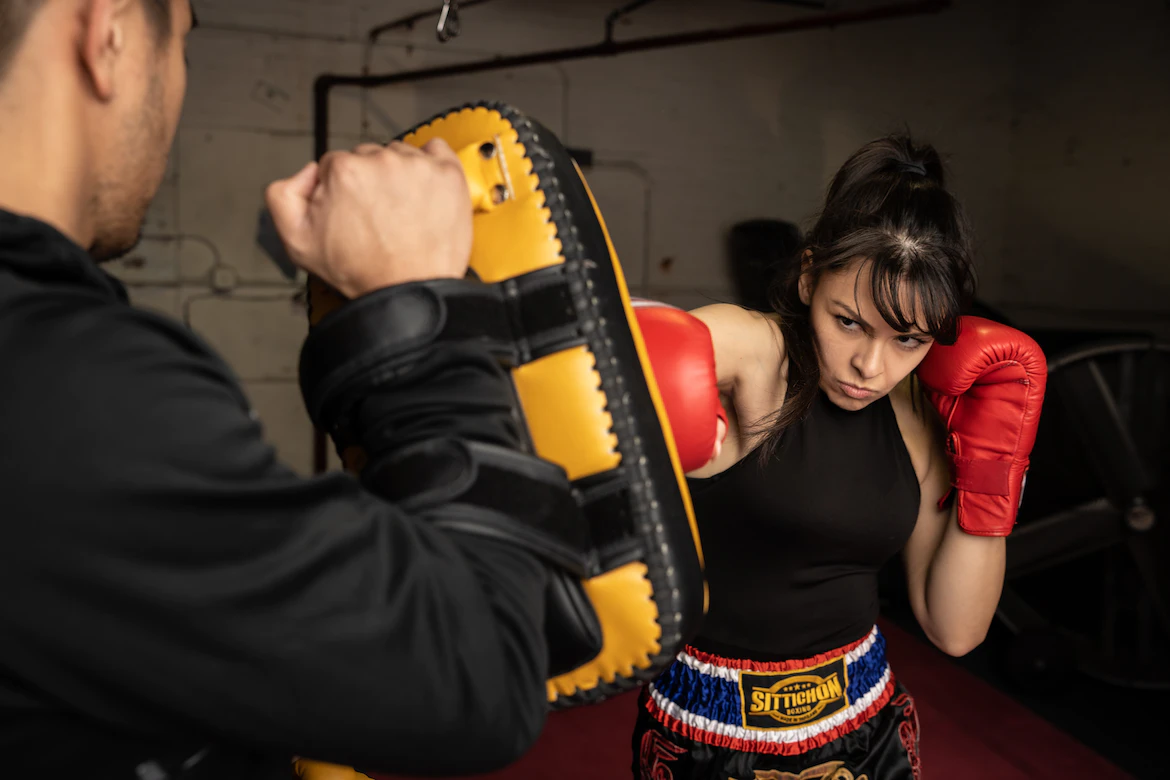The stereotypical
“strong female” that many modern movies and TV shows, books and comics want to
foist on the general public are not just bad writing, or uninteresting
characters, they are dangerous messaging. We have to remember that people are
more often emotional rather than rational, and are far more likely to be
convinced by consistently pushed rhetorical messaging than reasoned facts. This
is a polite way of saying that many people are not that bright, and not that
thoughtful about what they believe. Therefore, presenting women consistently as
being able to go toe to toe with men, is planting dangerous messages,
anti-civilizational messages, in the minds of young men and women.
John C. Wright
explains,
“If Supergirl is from Planet Krypton, fine, she can punch
goons through solid brick walls, no problem. Ditto for Starfire of the Teen
Titans. If Buffy the Vampire Slayer is possessed by all the strength of the
ghosts of all the Slayers back to the First Slayer, fine, she has superduper
strength and it is magic. Fine. That is all fine with me.
But when the heroine is Hit Girl or Batgirl or some leggy
blonde selected for her cup size rather than fighting ability, such portrayals
of wispy little she-adventuresses able to tackle boatloads of thugs built like
linebackers not only as absurdly unrealistic, they have the sinister tendency
to make it socially acceptable for boys to hit girls.
Such portrayals do not make the women good role models. If
anything, they are misleading role models, because all those leather-clad
vampire huntresses are built like Barbie dolls. Remember how feminists complain
that such dolls give little girls an unrealistic body image? Well, the pursuit
of strong female characters has captured the worst of both worlds. Now all the
comic book images of superspies and superbabes and superheroines are both built
like Barbie and have the fighting skill of Chuck Norris and Jackie Chan.
Read the first chapter of my book Orphans Of Chaos. The scene
where Amelia Windrose, who is tall for a girl, and athletic, and, before
puberty, was able to out-run her brothers in track and field events, encounters
a day when she finds out that the boys now have muscles powered by
testosterone, which she simply does not have and simply cannot match. Her
younger brother can now out race and outwrestle her, and as she is pinned down
under the strength of his hands, she realizes with a shock that she will not be
able to train hard enough to beat him again, not now, not next year, not ever.
Her muscles will stay at the same level as that of a thirteen year-old boy from
now until forever.
Before you condemn me as a misogynist, let me say that it is
reality that is misogynist, not me. That scene is the only thing in the book I
did not make up. It was based on real life.
Not one, but two girls of my close acquaintance both had this
happen to them.
They had been convinced, and everyone had told them, and all
the movies and television shows had shown them, that girls could fight boys and
be victorious. One girl was shocked when a male friend of hers, just horsing
around, pinned her down with one hand. She had always thought she’d be able to
fend off an attacker. Not without an equalizer, she wouldn’t. The other friend
was equally shocked when the boy she was with was walking down the beach with
her, and he picked her up, (I do not know whether bride style or Tarzan style),
and ran full speed down the beach with her. She realized with a shock that she
could not have picked him up no matter what, not even in an emergency, not even
if he was helping. These were not even linebackers built like Conan or men on
the leading edge of physical strength for men, they were ordinary boys of
ordinary strength.”[i]
Young boys
and girls are being shown a completely unrealistic view of the sexes and their
physical capabilities, and this will cause harm, it can only cause harm,
because it is seeding harmful messages.
Compare the
Hollywood portrayal of women to the Bible and reality. 1 Peter 3:7 says, “7
Likewise, husbands, live with your wives in an understanding way, showing honor
to the woman as the weaker vessel, since they are heirs with you of the grace
of life, so that your prayers may not be hindered.” The Bible correctly
challenges men to consider women as far weaker than them, physically, and to
treat them accordingly. This accounting just happens to perfectly correspond
with reality.
It should be
noted that the word referring to weaker vessel here can apply to a treasured
and delicate vase. But this does not change our understanding of the verse, it
only enhances it. Treasure your wife for she is valuable and more fragile than
you. Treat women, therefore, accordingly.
They are not
to be scorned, or thought of as evil, as the ancient Greeks thought of them.
They are to be regarded as worthy of honour, just as any man, but for different
reasons. Historically Christianity has had a remarkably high view of women,
contrary to tales claiming otherwise, especially when compared to other civilisations,
of which I would include our modern one. We see this high view of women throughout Christian
history, for example in the Canterbury Tales,
“For certainly, sir, Our Lord Jesus Christ would never have
condescended to be born of a woman if all women had been evil. And thereafter,
for the great worth that is in women, Our Lord Jesus Christ, when He had risen from
death unto life, appeared to a woman, rather than to His disciples. And
although Solomon says that he never found good in any woman, it follows not,
therefore, that all women are wicked. For, though he may never have found a
good woman, surely many another man has found full many a woman to be both good
and true. Or perchance
Solomon's meaning was this: that so far as the highest virtue is concerned, he
found no such woman; which is to say, that there is no one who has sovereign
goodness and worth, save God alone, as He Himself has caused to be recorded in
His gospels.[ii]
Or this,
“Moreover, when Our Lord had created Adam, our forefather, he
said thus: 'It is not good that the man should be alone: I will make him a help
meet for him.' Here you may see that, if women were not good, and their
counsels good and profitable, Our Lord God of Heaven would never have wrought
them, nor called them the help of man, but, rather, the confusion of man. And
once a writer said, in two verses: 'What is better than gold? Jasper. What is
better than jasper? Wisdom. What is better than wisdom? Woman. And what is
better than woman? Nothing.' And, sir, by many other examples you may see that
women are good and their counselling both good and profitable.”[iii]
You can see here the high Christian view of woman, as God’s gift to man, and remember also, man is
God’s gift for woman. God created man and woman for each other, but the devil and
sin have set them against each other, and Hollywood pushes this combative image
between men and women harder today. To treat women as, and present them as,
men, is to dehumanize women, for it is to treat women in a way that they are
not designed to be treated as bearers of the image of God.
Hollywood is laying out an image of woman that is far more unrealistic and harmful than even the old Barbie doll image, which really could inspire women to pursue beauty and health, if interpreted positively. Whereas there is no positive spin on encouraging women to see themselves as capable of going toe to toe with big men in a fight. It is remarkably foolish. It is not just bad entertainment, it is not just bad and unrealistic and unimaginative writing, it is dangerous messaging. Messaging which has been taken up and believed by many women today who pursue combat roles in the army, conflict roles in the police and sport and many other things.
Messaging matters and this messaging needs to be challenged.
[i] Wright,
John C.. Transhuman and Subhuman: Essays on Science Fiction and Awful Truth
(pp. 325-326). Still Waters Books. Kindle Edition.
[ii] Chaucer,
Geoffrey .. The Canterbury Tales: FREE Hamlet By William Shakespeare (JKL
Classics - Active TOC, Active Footnotes ,Illustrated) (p. 172). JKL Classics.
Kindle Edition.
[iii] Chaucer,
Geoffrey .. The Canterbury Tales: FREE Hamlet By William Shakespeare (JKL
Classics - Active TOC, Active Footnotes ,Illustrated) (p. 173). JKL Classics.
Kindle Edition.


No comments:
Post a Comment